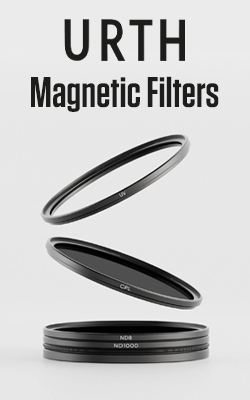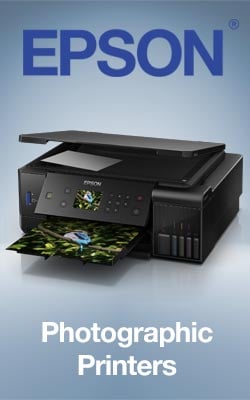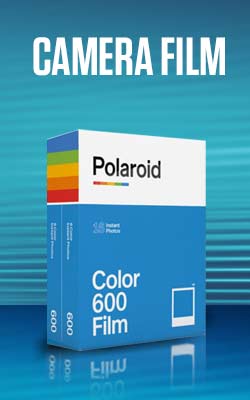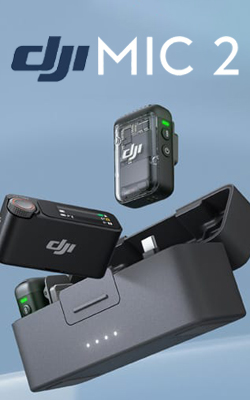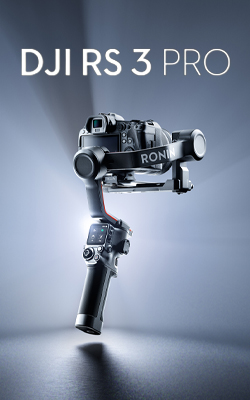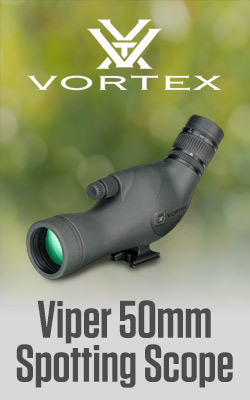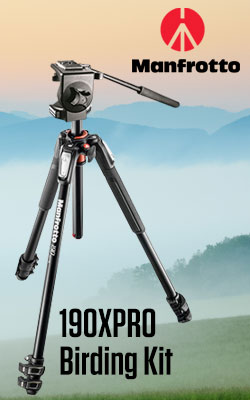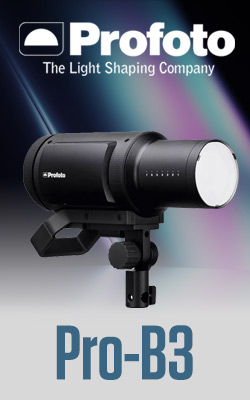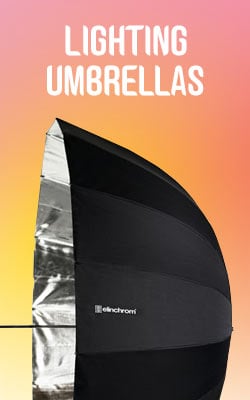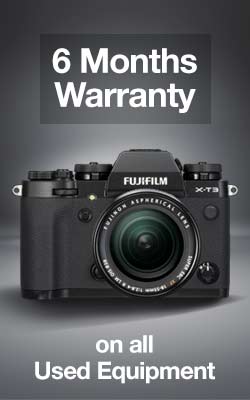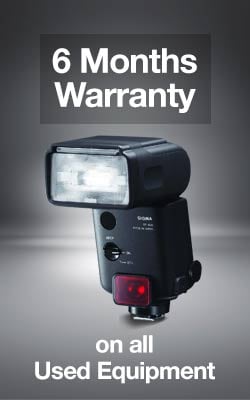DJI Air 2S vs. DJI Air 3S: A Next-Level Drone Comparison
The DJI Air series of drones blend advanced technology with a lightweight design, making them the perfect choice for enthusiasts and professionals alike. These drones offer a powerful mix of high-quality cameras, intelligent flight features, and intuitive controls, all packed into a portable frame. The DJI Air series delivers top-tier performance with simplicity of use. Capture stunning aerial photos, shoot cinematic videos, and manoeuvre through the sky with confidence thanks to an obstacle-sensing system; these are a travel videographer’s greatest friend.
Side by side with the ‘S’ models
While the ‘S’ may be a versatile placeholder for words like Smart, Safe, and Superior, what is clear is the latest DJI Air 3S brings significant upgrades over the popular DJI Air 2S. But how do these two drones truly compare? Let’s dive into the key differences to help you decide which drone best suits your needs.

Camera Systems
DJI Air 2S:
- 1-inch CMOS Sensor
- 5.4K/30fps and 4K/60fps video
- 20MP photos
- 10-bit Dlog-M color profile
DJI Air 3S:
- Dual-camera system:
- 1-inch CMOS primary camera (24mm) with 14 stops of dynamic range
- 70mm medium tele camera
- 4K/60fps HDR video
- 4K/120fps Slow-Mo
- 50MP wide-angle camera
The DJI Air 2S features a robust 1-inch CMOS sensor for capturing vibrant 5.4K/30fps video and stunningly sharp 20MP stills. It also supports a 10-bit Dlog-M colour profile, which is great for post-production editing.
The DJI Air 3S takes things further with its dual-camera system—a 1-inch primary camera and a 70mm medium telephoto lens. While its max resolution is capped at 4K/60fps (with 4k/120fps only offered in a Slow motion mode), the 14 stops of dynamic range and dual-lens versatility allow for greater control over different shooting scenarios. With 50MP stills, or the capability to achieve lower noise and cleaner images through QBC (Quad Bayer Coding) techniques which combine four pixels into one, the Air 3S provides both the photo quality and the flexibility for landscape, portrait, or zoomed-in shots; perfect for travel photography.
Flight Time
DJI Air 2S: 31 minutes
DJI Air 3S: Up to 45 minutes
The DJI Air 3S offers a dramatic improvement in flight time, with a maximum of 45 minutes—a significant leap from the 31-minute flight time of the Air 2S. This extended flight capability will make a noticeable difference on longer trips and extensive shoots.
Obstacle Sensing and Safety Features
DJI Air 2S:
- Obstacle sensing in 4 directions (forwards, backwards, up, and down)
- ADS-B Transmission for air traffic awareness
- Advanced Pilot Assistance System
DJI Air 3S:
- Nightscape Omnidirectional obstacle sensing with Forward-Facing LiDAR
- Next-Gen Smart RTH (Return to Home)
The DJI Air 2S offers a solid obstacle avoidance system, with 4-directional obstacle sensing, and ADS-B for added safety by notifying users of nearby aircraft. It also includes the Advanced Pilot Assistance System (APAS), which helps the drone avoid obstacles during flight.
The Air 3S takes obstacle sensing to the next level with Nightscape omnidirectional sensing, providing obstacle detection in all directions and Forward-Facing LiDAR, offering more precise navigation in low-light conditions. The advanced RTH feature further ensures safe automatic returns, making the Air 3S ideal for complex or challenging environments.
Intelligent Features
DJI Air 2S:
- MasterShot, FocusTrack, and Hyperlapse for creative shooting modes
- 180° Panorama and Intelligent HDR image capture
DJI Air 3S:
- Free Panorama feature
- Dual-camera system for varied perspectives
- 14 stops of dynamic range
- ActiveTrack 360° and Stay Focused
Both drones have an abundance of sophisticated shooting features; MasterShot, FocusTrack, and Hyperlapse, let your cinematic efforts shine with the DJI Air 2S, while the Intelligent HDR function ensures every photograph captures a wide variety of lighting and colour.
Alternatively, the DJI Air 3S leverages its dual-camera system to offer more creative perspectives. The 14 stops of dynamic range allow for smoother gradations in highlights and shadows, offering richer image quality. Plus features such as ActiveTrack 360° and Stay Focused help track your subject and keep them in frame during flight.
Storage and Connectivity
DJI Air 2S:
- Micro SD card slot only
DJI Air 3S:
- 42GB internal storage plus a micro SD slot
The DJI Air 3S includes a significant upgrade with 42GB of internal storage, allowing you to capture footage without worrying about card space; an excellent backup during long flights or high-resolution video shoots.
Video Transmission Range
DJI Air 2S: 8 km
DJI Air 3S: 10 km
The DJI Air 3S offers an improved video transmission system with a range of up to 10 km, compared with DJI Air 2S’s range of up to 8km, giving you greater flexibility to operate your drone from longer distances.
Which Drone Should You Choose?
Choose the DJI Air 2S if: You need 5.4K video resolution, prioritise a smaller size, and are looking for a reliable, budget-friendly drone with excellent obstacle sensing and creative features like MasterShot, Hyperlapse, and Intelligent HDR.
Choose the DJI Air 3S if: You’re after the latest technology, especially for night flying, and value the flexibility of dual-camera capture, an enhanced obstacle sensing system, longer flight time, and stunning detailed image quality. The 42GB internal storage also provides a handy backup for extended shoots.
Both drones are top-tier performers, but the DJI Air 3S takes drone flying and filming to a new level with cutting-edge features that push creative and technical boundaries, especially when navigating complex environments or low-light situations.
Sold on the Air 3S?
This drone is available in the following kits:
Read next
- The Beginner's Guide to Drone Photography
- 10 things to consider when buying a drone
- DJI Mini 4 PRO Beginners Guide with Beth Priday
Thank you!
Thanks for taking the time to read our blog, we really do hope they help you out and answer some of your questions. If you still have some unanswered, then please feel free to get in touch with our team of experts.
We have a LiveChat option on our website and we can, of course, be contacted via our email, we're also on the end of the phone too! Read more on how to contact us here >
Want to write for us?
If you've got experience with producing content on photo, video and/or optics products or techniques then we would love to hear from you. Contact our blog editor, Bea, with a sample of your work at bea@cliftoncameras.co.uk.
- By James Spires
- 15 Oct 2024




